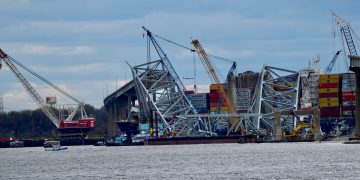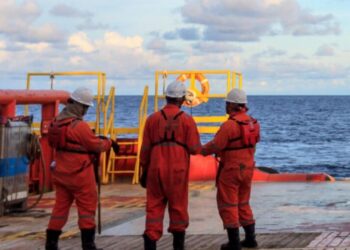OCIMF (Oil Companies International Marine Forum) released a paper providing guidance on safety critical spare parts for companies to consider when preparing an SMS. The paper notes that the identification of safety critical equipment and the need for safety critical spare parts is a complicated subject and there is no one-size-fits-all solution.
As noted, safety critical spares carried onboard can be used in two ways:
- Proactively: Used onboard during planned maintenance to ensure the reliability of the safety critical equipment to mitigate the occurrence of hazardous situations.
- Reactively: Used onboard during unplanned maintenance to repair damaged safety critical equipment to prevent a hazardous situation from escalating to a more serious uncontrolled incident
To manage the risks associated with safety critical equipment, inspection, testing and maintenance procedures for such equipment should be prioritized over all maintenance. The paper cites a number of cases where it may not be reasonable to expect the crew to achieve the goals by employing safety critical spare parts:
- After catastrophic failure events where large pieces of equipment are damaged beyond repair (e.g. high energy failures that result in explosions, fire, flooding)
- After catastrophic failure events where damage occurs to the vessel infrastructure
- During heavy weather or due to other conditions where it is not possible to effect a timely repair
The company may find t useful to document a safety critical spare parts strategy, outlining the intent and limitations of application. This may be generic for fleet with specific requirements for a class of vessels or one on a particularly sensitive trade.
A key concept to consider id that the ship’s personnel should be able to deploy safety critical spare parts in a timely manner to manage immediate risks. The company should consider defining what the understand to be a timely manner as part of the risk management process.
For most large components, it is recognised that the company may not consider it reasonable for the vessel to carry and employ spares. However, such decisions should be justified through the risk assessment and management process.
Explore more herebelow:


































































